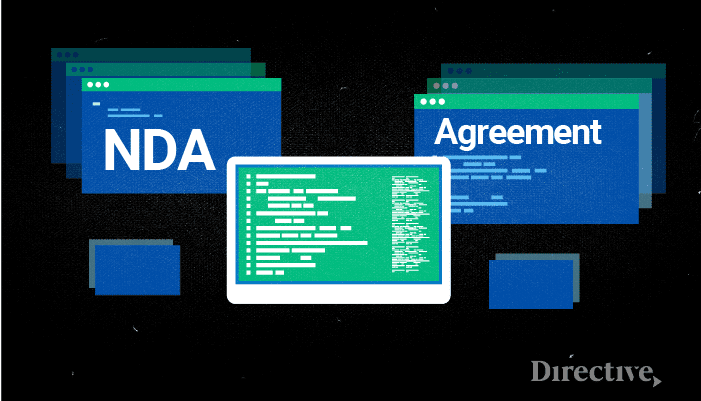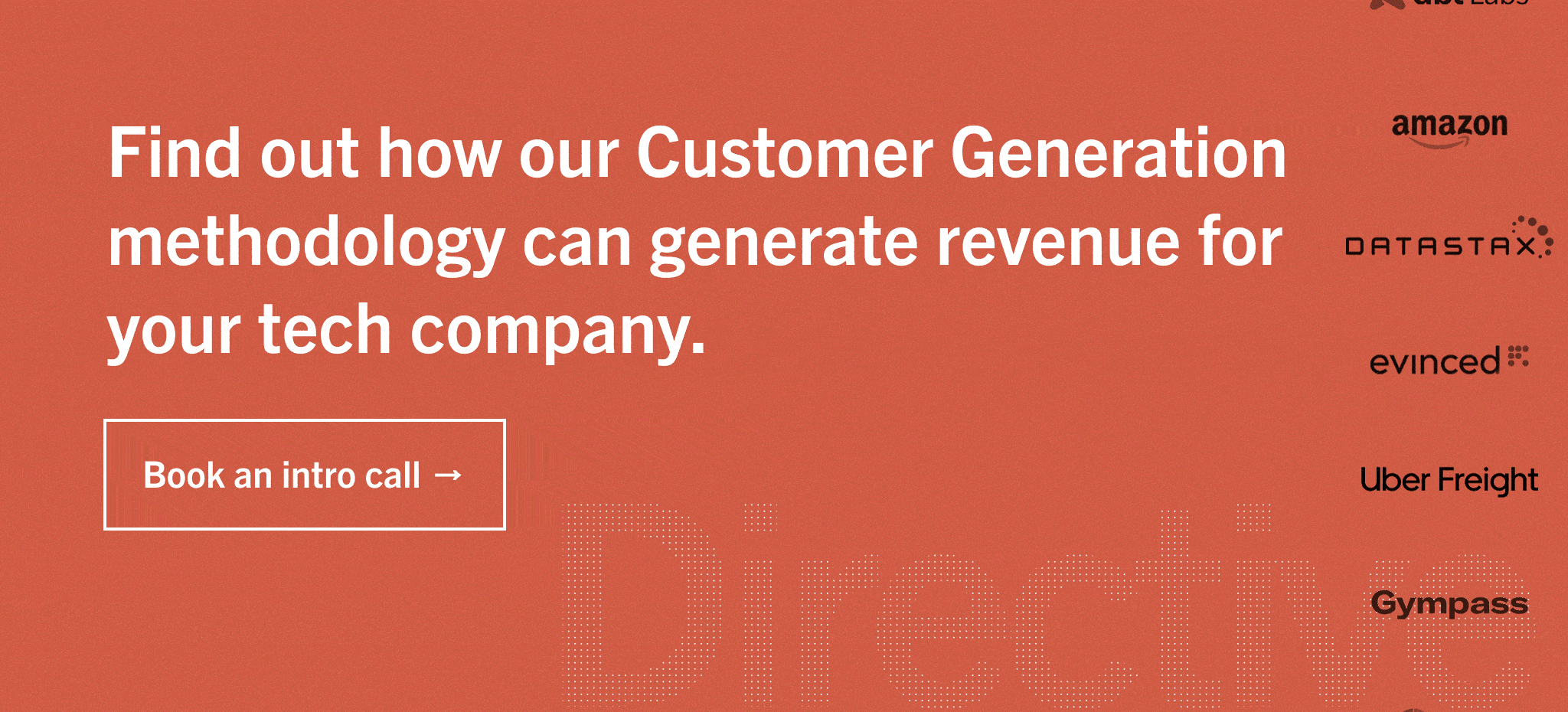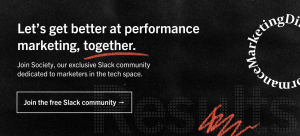Agency Partnership FAQ – 7 Things You Need to Know

This year, we’re bringing perspective back. Agency partnership perspective that is. Historically the value of partnering with another company has been seen as something that was taboo or a low-priority. The more secrets you could keep about your process and business strategy, the better. In today’s marketing world, this couldn’t be further from the truth. As dedicated agents of marketing, we’ve seen the partnership world expand into a community of revenue generators.
According to a thought leadership paper by Impact, “On average, partners contribute 23% of overall company revenue. With an average partnership revenue growth rate of 17.5%… the importance of partnerships will only continue to rise.”
The foundation of an agency partnership is a combination of marketing, sales, content, and events. How you dedicate time, resources, and budget to each of these will dictate your success and credibility.
New to partnerships in general? Even better. This Agency Partnership FAQ is intended to be followed as a guide.
Define Agency Partner
An Agency Partnership is an incredibly dynamic way to increase your marketing reach, earn referral business, variable revenue, provide value to current clients, and explore potential clients you otherwise may not have been able to reach. It all starts by aligning your business goals to those of an organization within a similar industry or that can help support your outputs, ideology, and existing client goals, etc.
To initially determine which partners might make sense for your company, try posing a question to your account strategists regarding their clients’ challenges. Once you know, do a little research on solutions in the form of auditing their current tech stack and finding areas of opportunity for potential partners.

Make sure a new partner can be viewed as a customer-led decision for your business and clients. Customer Generation is the methodology Directive takes with its own clients, as well as when considering forging a new partnership. It’s based on the premise that modern marketers have a responsibility to look beyond bringing in marketing qualified leads to drive real customers, based on customer insights and needs to bring forth valuable sales qualified leads. This approach is highly effective for partners and clients.
For example, A client may have the goal of driving more leads to their website but you land on their webpage and notice that they don’t have a conversational marketing feature like the Drift chat bot to help engage prospects in immediate conversation. Introducing your client to your Drift partner for a demo assists with a referral and positions your team as true consultants on your clients business. Or, perhaps a client is interested in getting more demos booked but they haven’t automated their booking process by leveraging a platform like Chili Piper yet, so the leads come in but don’t end up booking because it requires them to fill out a form and hear back from a sales development rep. Helping connect this pain point to a solution opens up countless opportunities for growth. These are just small but meaningful instances that make a difference and can help point you in the direction of a mutually-beneficial alliance between two partners while maintaining a customer-led approach.
Ideal Customer Profile
Before entering into any agency partnership conversations make sure you’ve fine tuned your ideal customer profile (ICP). Ask yourself, who you’re interested in gaining as a customer. What title does your ideal contact hold and how is this role best reached? Will this partner help increase your chances of gaining the new customers you’re after? This is a basic task but one that often gets overlooked when a partner might seem like the right fit at first glance.
For example, Directive is a digital marketing agency for SaaS, with over 95% of our portfolio falling within this industry. Naturally, we gravitate towards partnering with industry leaders across various marketing technology and software solution platforms. However, we also consider which platforms our clients are on currently, as well as which platforms can help our team effectively reach and surpass client goals.
Align Your Goals
The common goal for agencies and software companies entering in partnerships is likely revenue generation through referrals. If this does end up being your goal, streamline your referral process so partners understand who to go to and how, when there is a lead to share. Also, make sure to determine a payment structure equipped with a commission incentive or other comparable incentive, like a product discount for clients. While referrals and leads are always appreciated, many successful partnerships are built on co-marketing efforts alone, more on that later.
NDA & Partner Agreement
Once you’ve determined a good partnership fit, make sure to sign a mutual non-disclosure agreement (NDA). This simple document allows both organizations to share confidential company and client information with mitigated risk that the other is going to do something that might jeopardize the integrity of the alliance.

Additionally, you’ll want to have a partner agreement drafted that outlines the nature of your partnership, as well as expectations around lead sharing, revenue, and payouts. Think of it as a simple scope of work.
To avoid having to create new documents for each partnership, create templates that are easily editable and always make sure to have someone from your legal team review these templates, so you are good to go when onboarding new partners.
Account Mapping
Now that you have a brand new partner, leveraging a platform to account map your shared clients and prospects can be the differentiator between being a good partner and becoming great partner with the key to a buttoned up strategy.
Directive utilizes a free account mapping tool called Crossbeam, as do many of our partners. Keeping track of new and former clients can be a manual process, Crossbeam syncs with Salesforce and other CRMs to help auto-populate this information for you, so partners have your latest and greatest client roaster
Joint Value Proposition (JVP)
Once you’ve conducted the account mapping exercise, your priority should be to collaborate on a shared client. When selecting said client, do your best to ensure they are a happy and satisfied customer of both organizations. If for some reason, you don’t have any current client overlap, strategize on what you can do to co-sell your partners platform together or strategize on a plan to help them bring in new leads. The goal of a JVP is to create a story can you both share about your commitment to helping your clients achieve results. Joint case studies are a great first step towards showcasing your joint value proposition.
Share your JVP amongst your internal teams to spread awareness about the partnership. Share this success story on the partner page of your companies website or on LinkedIn. Schedule lunch & learns, training sessions, or demos, whatever you can do to help your team members understand the value of your new premier partner.
Co-Marketing and Co-Hosting
Co-marketing in partnerships typically brings in the most questions. How do you co-market? The answer is simple. Start by taking the time to outline a customer-led co-marketing strategy. This is pivotal when planning your co-marketing tactics. If your co-marketing efforts don’t appeal to your client base, you won’t get what you need from the partnership. The fact is, co-marketing can be anything from a co-authored blog post, to a paid media campaign featuring content regarding your JVP, partnerships thrive when a little risk is taken, partner agencies and softwares should be willing to think outside the box to reach their ICP’s most effectively.
Co-hosting events can be a great way to participate in a sponsorship that alone, your team may not have been able to secure due to budget or resources. Align on which conferences and upcoming events are taking place that you both share a presence at or want to attend. Determine how you may split the expenses when co-sponsoring a booth or an after-conference happy hour. Co-hosting always makes waves virtually, consider roundtable events, webinar experiences, and virtual summits. You’ll be surprised at how much more dynamic your reach is when you’ve combined efforts.

Conclusion
Your partner program should always be centered around your main goal, whatever it may be. Make it a priority to touch base with your partner every month, discuss new opportunities for overlap, co-sell to a prospect that your partner is hoping to close, send monthly emails announcing your new partnerships. Do what you can to spread awareness and build credibility together. It’s common to have partner overlap amongst other partners, and when that happens I say the more the merrier.
Please don’t hesitate to reach out regarding any of the agency partnership FAQs listed above, these are all different lenses through which Directive looks through every day. It would be our pleasure to connect with you about any questions you may have.
If you’re interested in joining our partner network, please feel free to book a discovery call here.







